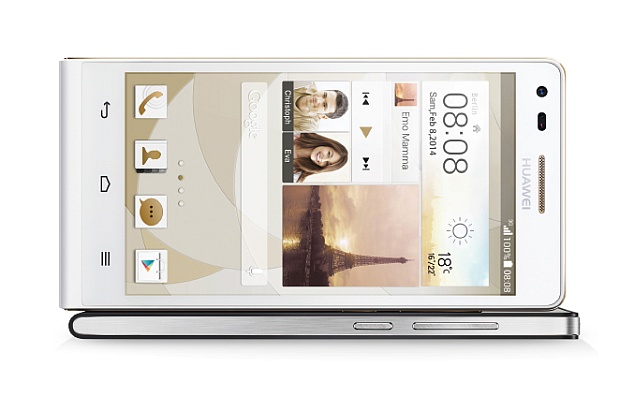Asus Fonepad 7 Dual SIM tablet: First impressions
The voice-calling tablet segment is growing with a number of launches
from both Indian and international manufacturers such as Samsung,
Micromax, Lenovo, and Karbonn.
Asus, following suit, has now launched a
refreshed version of its popular Fonepad 7 tablet in a dual-SIM avatar dubbed
Fonepad 7 Dual SIM for the Indian market. The Taiwanese tablet maker
clearly seems determined to get some market share in India.
Following
the strategy, Asus Fonepad 7 Dual SIM
has been
launched at a price of Rs. 12,999, similar to Samsung's new Galaxy Tab3
Neo tablet
which is currently retailing at Rs. 12,740 and is a single SIM
device.
It's worth pointing out that the Asus Fonepad tablet
line-up now has three generations: the first iteration of the Fonepad
tablet with voice-calling support was announced at MWC last year, while the
second generation was announced at IFA in 2013, featuring 3G support and lastly, the third
generation unveiled at MWC this year
As the name suggests, the Fonepad 7 Dual SIM tablet supports
dual-SIM functionality. Much like the original Fonepad, the new Fonepad 7
Dual SIM comes with an Intel processor, supports voice-calling and in
addition, comes with 3G support.
Design
The new Asus Fonepad
7 Dual SIM tablet takes some of its design cues from the original
Fonepad. Sadly, the Taiwanese maker has again chosen an all-plastic body
for the new Fonepad 7 Dual SIM tablet, which is a disappointed compared
to the original Fonepad, which featured a brushed aluminium finish at
the back.
The first noticeable thing about the Fonepad 7 Dual SIM
is it looks rather similar to the Fonepad 7, especially from the front,
except that the latter featured dual front speakers. In fact, we were
disappointed to find them missing from the new Fonepad 7 variant.
You
will find the power/ lock screen and volume rocker buttons located on
the right side (in portrait mode) of the Asus Fonepad 7 Dual SIM
embedded within the plastic part, again, similar to the Fonepad 7
(second generation). Both the SIM slots accompanied by the microSD card
slot are beneath a plastic flap on the right panel. The Fonepad 7 Dual
SIM takes two Micro-SIMs.
The top panel houses the 3.5mm audio
jack and the charging port, while the microphone is placed on the bottom
panel. Notably, the charging slot on the Fonepad and Fonepad 7 tablets
were located on the bottom panel.
Camera
Like the original
Fonepad, the camera lens on the Fonepad 7 Dual SIM tablet protrudes out
and does not include a flash. We'd hoped the rear camera would be flush
against the rear panel, which would've better protected the camera lens
from scratches.
The Asus Fonepad 7 Dual SIM packs a 5-megapixel rear autofocus camera. Also onboard is a 1.2-megapixel front-facing camera.
In
our limited testing, the rear camera performed reasonably well in good
light conditions, while missed details in low-light situations. The
camera interface on the Fonepad 7 Dual SIM tablet is simple and it seems
that Asus has not applied many tweaks to the default camera app. Some
of the shooting modes on the Fonepad 7 Dual SIM camera app include
single shot, panorama, beauty face, smile shot and night mode.
Software/ Interface
The
Fonepad 7 Dual SIM runs Android 4.3 Jelly Bean out-of-the-box; while
the Fonepad 7 was based on Android 4.2.2 and the original Fonepad 7 ran
Android 4.1.2. It is an incremental increase in the Android software
version.
Asus' floating apps are back with the Fonepad 7 Dual SIM,
which are much like the Samsung 'multi-window' and Sony 'small apps'
interfaces. The floating apps on the new Fonepad 7 include utility apps
such as calculator, countdown timer, stick memo, stopwatch, browser and
video player.
Performance
The new Asus Fonepad 7 is powered
by a dual-core Intel 'Clover Trail+' Atom Z2520 processor, the same
chipset that powers the Fonepad 7 (second generation), clocked at 1.2GHz
alongside 1GB of RAM.
.












